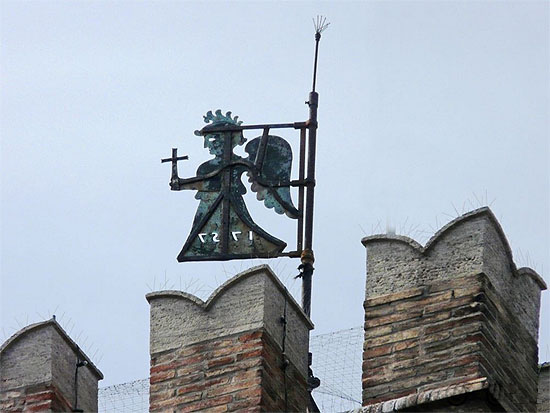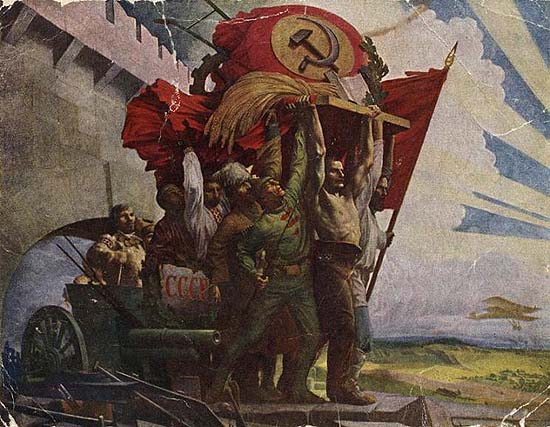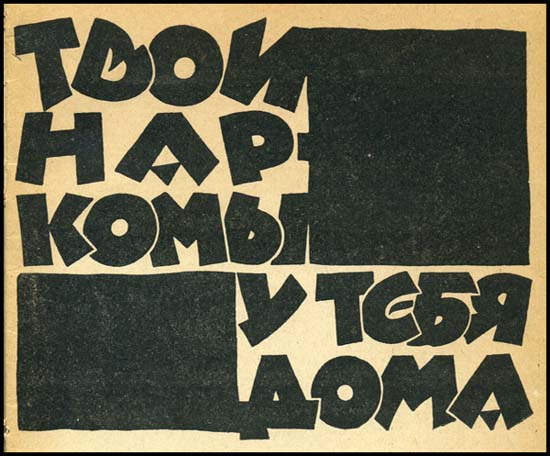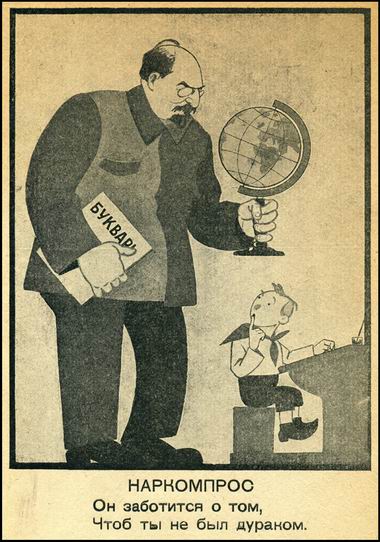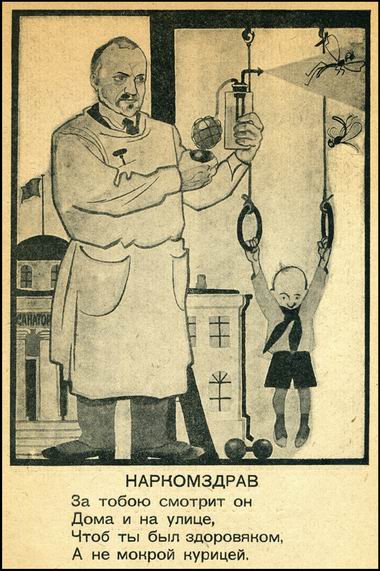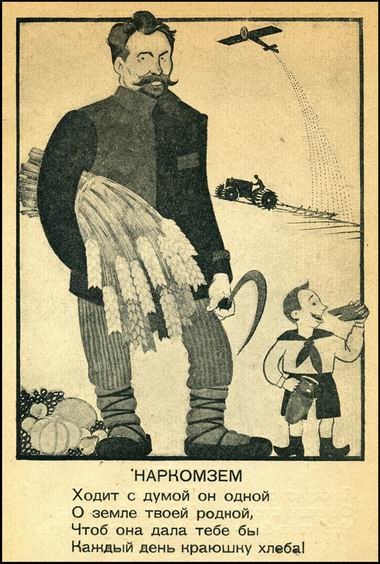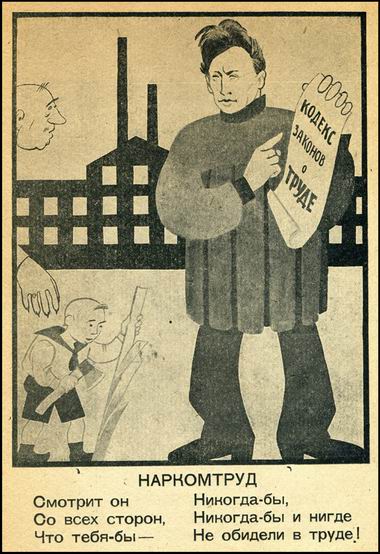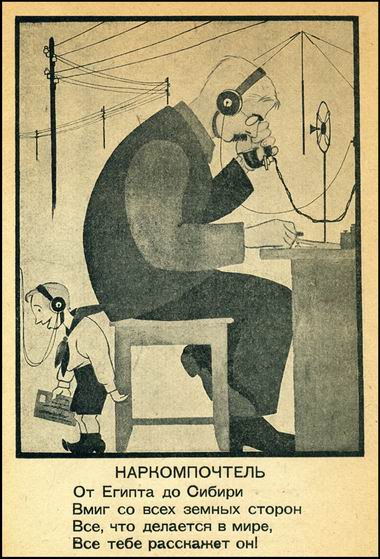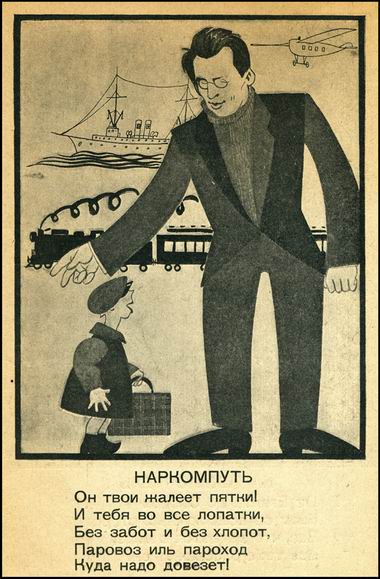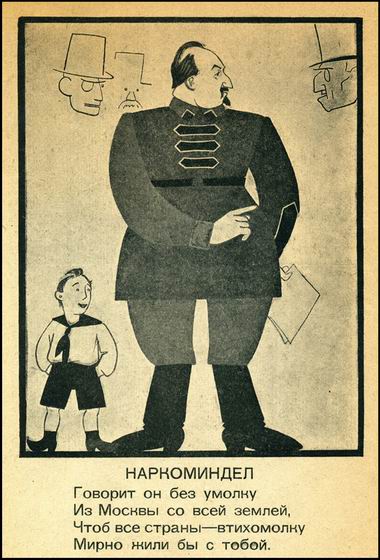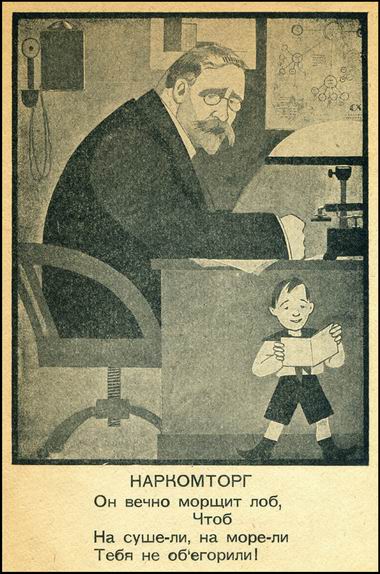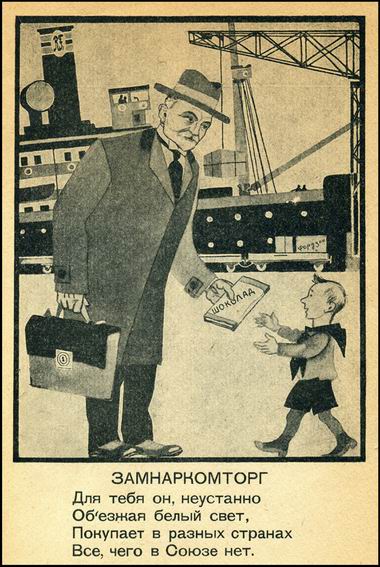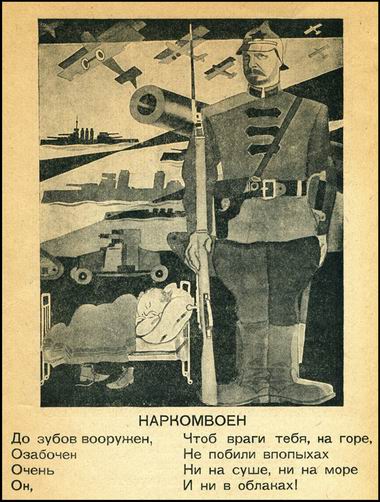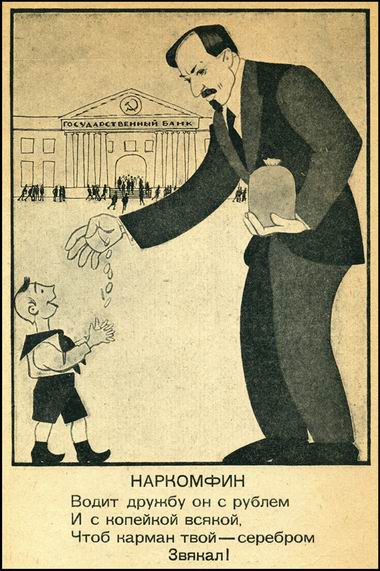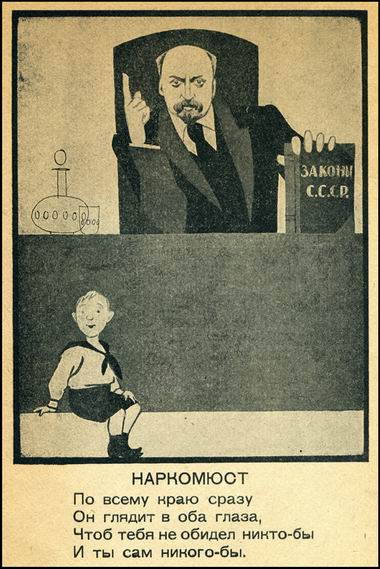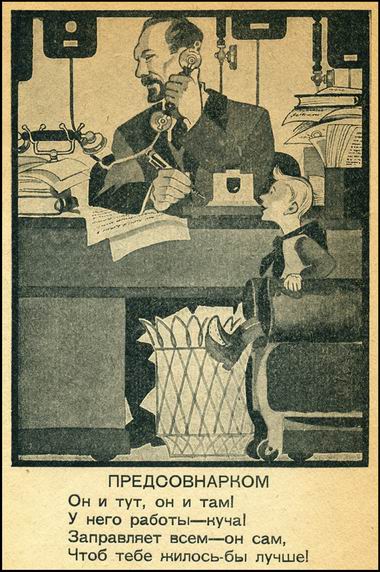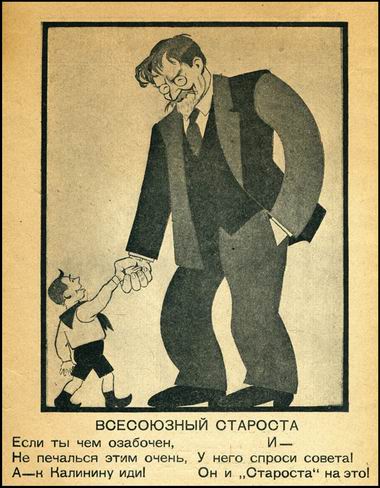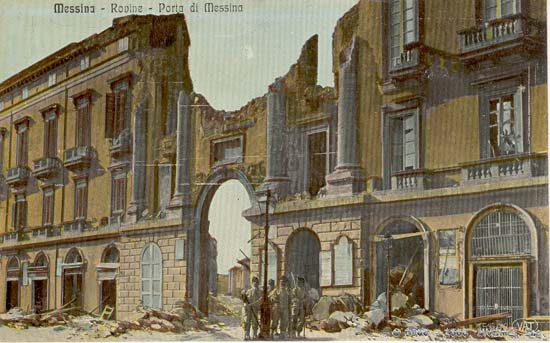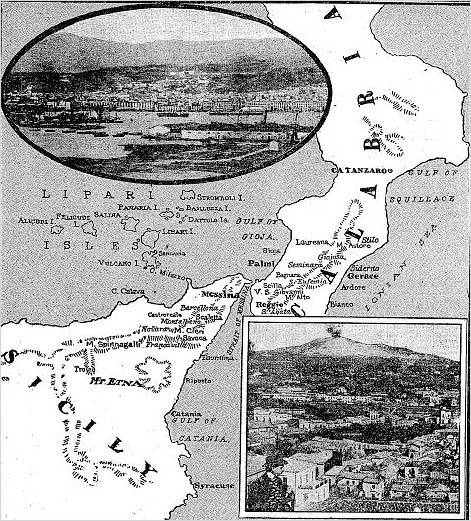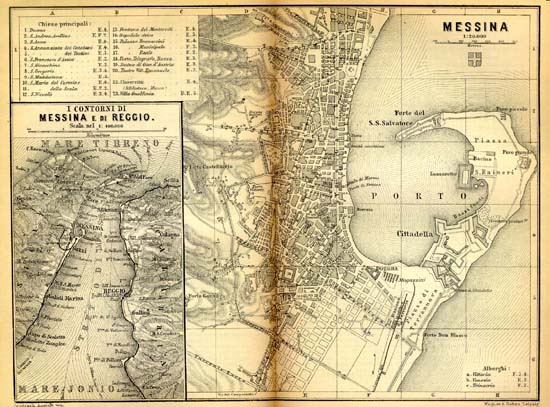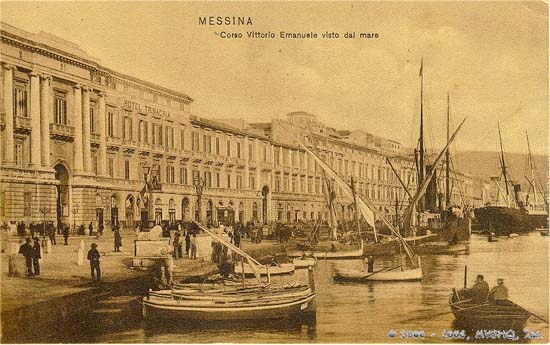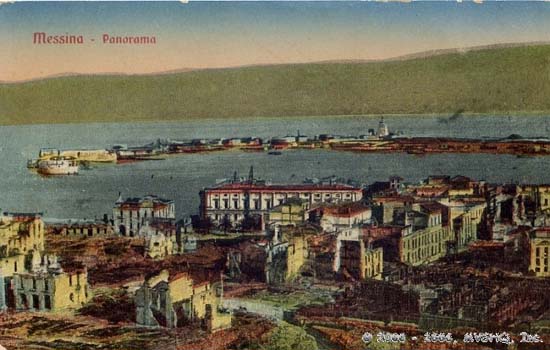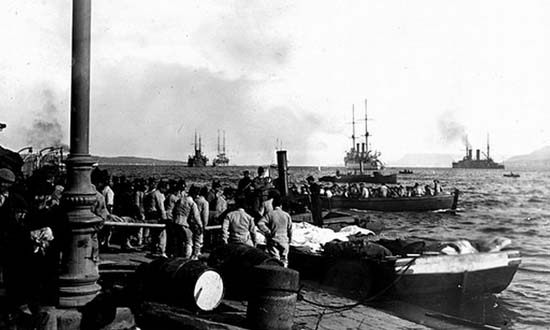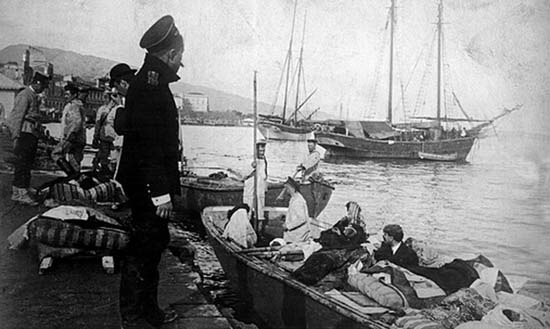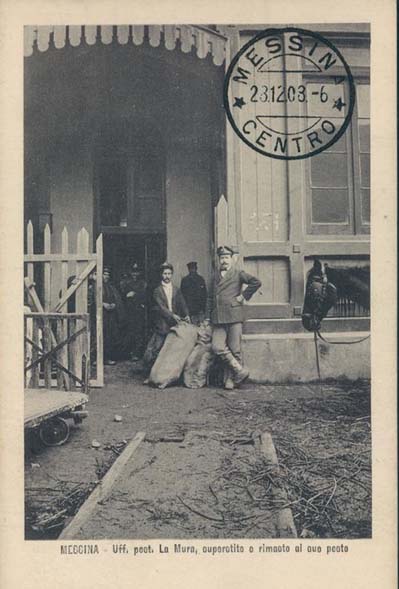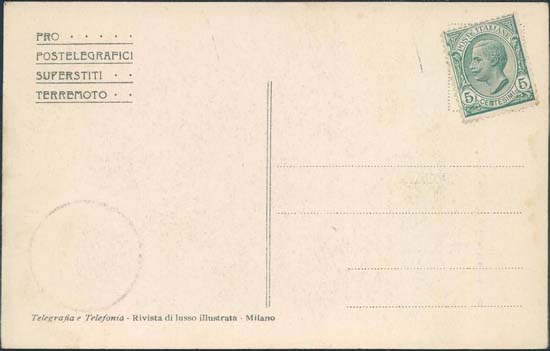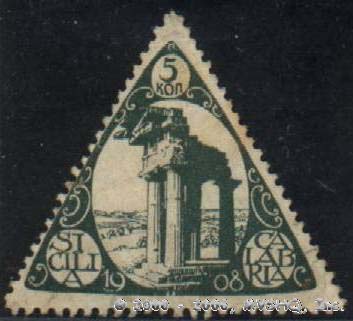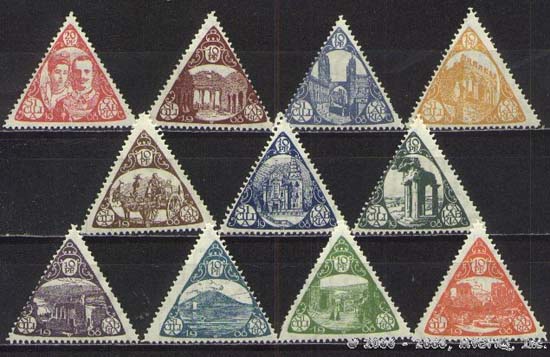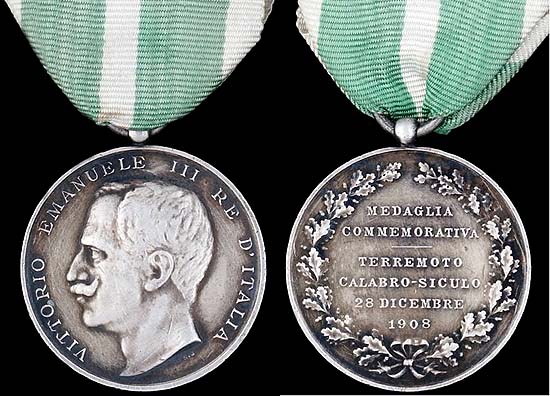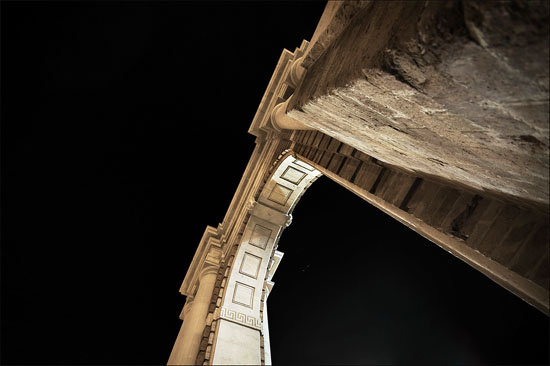
There was a moment’s expectant pause whilst panels slowly came to life on the front of the console. Lights flashed on and off experimentally and settled down into a businesslike pattern. A soft low hum came from the communication channel.
“Good morning,” said Deep Thought at last.
“Er… Good morning, O Deep Thought,” said Loonquawl nervously, “do you have… er, that is…”
“An answer for you?” interrupted Deep Thought majestically. “Yes. I have.”
The two men shivered with expectancy. Their waiting had not been in vain.
“There really is one?” breathed Phouchg.
“There really is one,” confirmed Deep Thought.
“To Everything? To the great Question of Life, the Universe and Everything?”
“Yes.”
Both of the men had been trained for this moment, their lives had been a preparation for it, they had been selected at birth as those who would witness the answer, but even so they found themselves gasping and squirming like excited children.
“And you’re ready to give it to us?” urged Loonquawl.
“I am.”
“Now?”
“Now,” said Deep Thought.
They both licked their dry lips.
“Though I don’t think,” added Deep Thought, “that you’re going to like it.”
“Doesn’t matter!” said Phouchg. “We must know it! Now!”
“Now?” inquired Deep Thought.
“Yes. Now…”
“Alright,” said the computer, and settled into silence again. The two men fidgeted. The tension was unbearable.
“You’re really not going to like it,” observed Deep Thought.
“Tell us!”
“Alright,” said Deep Thought. “The Answer to the Great Question…”
“Yes…!”
“Of Life, the Universe and Everything…” said Deep Thought.
“Yes…!”
“Is…” said Deep Thought, and paused.
“Yes…!”
“Is…”
“Yes…!!!…?”
“Forty-two,” said Deep Thought, with infinite majesty and calm.
It was a long time before anyone spoke.
Out of the corner of his eye Phouchg could see the sea of tense expectant faces down in the square outside.
“We’re going to get lynched aren’t we?” he whispered.
“It was a tough assignment,” said Deep Thought mildly.
“Forty-two!” yelled Loonquawl. “Is that all you’ve got to show for seven and a half million years’ work?”
“I checked it very thoroughly,” said the computer, “and that quite definitely is the answer. I think the problem, to be quite honest with you, is that you’ve never actually known what the question is.”
Douglas Adams: The Hitchhiker’s Guide to the Galaxy
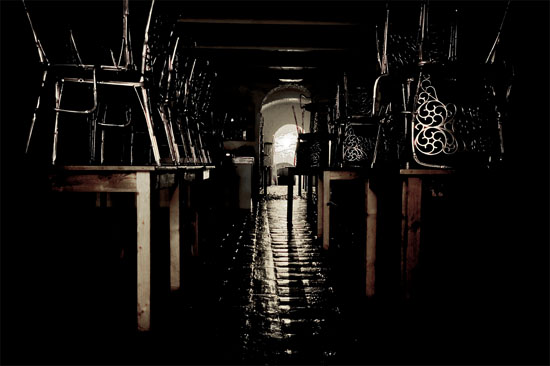
However, the recently published Goose Game seems to finally give us the correct interpretation of forty-two, and thus the key to the Great Question of Life, the Universe and Everything.
I have recently edited for the Europe Publisher the Hungarian version of Il libro dei labirinti by Paolo Santarcangeli, published for the first time in the 1970s, but now published again with the author’s additions, new illustrations and a foreword by Umberto Eco.
This book looks back at the history of the labyrinth topos together with all its relations and dead ends. And when reaching the Renaissance, and discussing the relationship between the popular games of the period, including the turf maze and the “noble goose game”, number 42 suddenly flashes up just as the giant neon letters emerging from the dark space at the beginning of Hollywood movies:
“Due to its concentric circles, the goose game in itself has a labyrinth-like path; and if there exists any intentional and conscious representation of the “obstacle-ridden pilgrimage”, so that’s it. Besides its inherently labyrinthine nature, this game also has another surprising feature which is important for our topic. Square 42, which is considered a “dangerous” place in almost all versions of the game, is nothing else but “the house of the labyrinth”; what is more, the labyrinth is but the “trademark” of square 42."
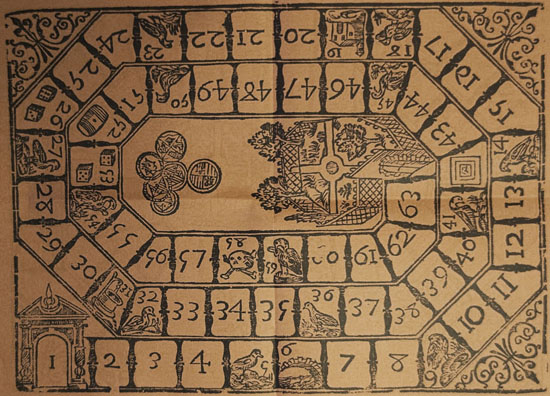
But why exactly square number 42?
The goose game, the first European table game appeared in late 15th-century Florence, in the court of Lorenzo il Magnifico. This was also the laboratory of the first card game, which had a huge impact on the iconography of Renaissance art, quoted by me several times in the first critical edition of Cesare Ripa’s Iconologia (1593), the earliest encyclopedia of the symbol language of the Renaissance. Santarcangeli thus assumes that the number symbolism of the two games can be explained from each other.
The deck of Lorenzo il Magnifico consists of 42 numbered cards, each representing an allegory. Card number 21, ending the first half of the deck is a usual depiction of the world, the cosmos or Mother Nature in the form of a naked woman, with the globe under her foot, which also refers to her unstable and unpredictable nature. However, the image of the last card number 42 is not clear at first glance, so we have to turn to the interpretation of Santarcangeli:
“Card 42 represents a pilgrim on the brink of an abyss. He looks back in horror. Before him, but on the other side of the abyss, there is a castle. This symbolizes the man who encounters difficulties during his trip. This card also warns us not to let hesitation and obstruction stop us.”
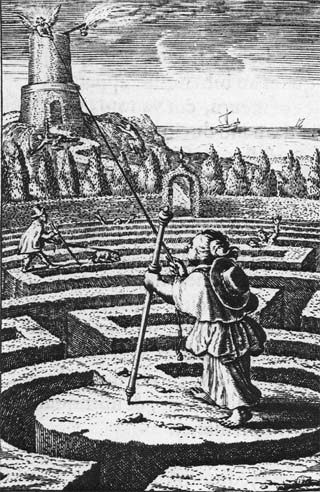 Representation of both symbols in one emblem: “The Christian soul in the labyrinth of the world”.
Representation of both symbols in one emblem: “The Christian soul in the labyrinth of the world”. Engraving by Boethius von Bolswart (1580-1634) in Hermann Hugo’s Pia desideria
(1624), one of the most popular and most often published emblem books
The meaning of square 42 is thus the dangerous labyrinth of the world. That of card 42, its equivalent, is persistence on a given place, efforts for the really important things. And its value is exactly twice that of the unstable world. This is, then, the Life, the Universe and Everything, and the Answer matching it.
A more suitable one we cannot advise to our Readers for the new year, rich in struggles.
